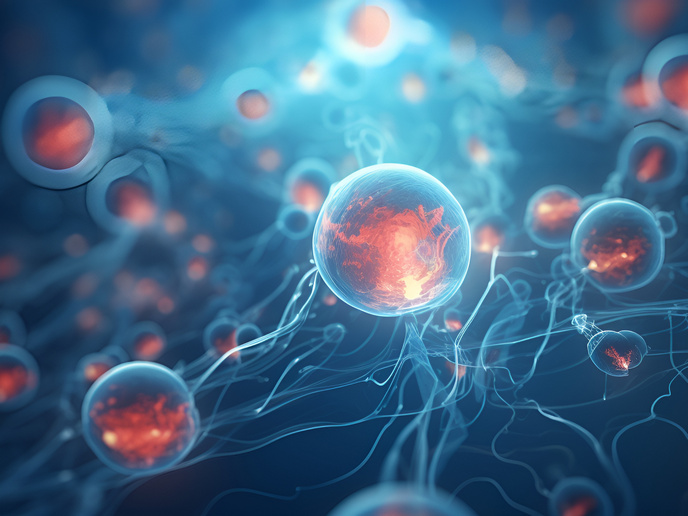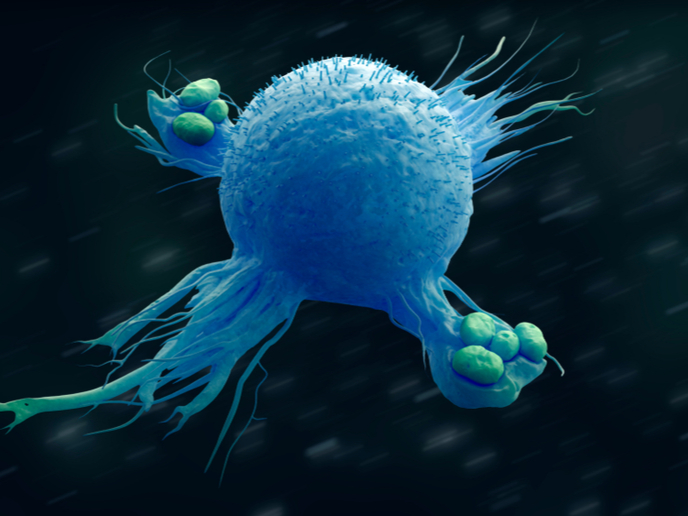Making stem cells stick
A significant number of patients who would benefit from BMT or haematopoietic stem cell transplantation (HSCT) cannot receive treatment. Insufficient donor stem cells hampers the procedure. One excellent way to get over this problem is to enhance the engraftment efficiency. Engraftment is when new blood-forming cells start to grow and make healthy blood stem cells. The 'Defining regulators of hematopoietic stem cell homing and engraftment' (HEMHOME) project has identified new molecules that mediate homing and adhesion of haematopoietic stem and progenitor cells (HSPCs) to their niche in the bone marrow. The microenvironment which interacts with stem cells to regulate cell fate is termed the stem cell niche. The researchers successfully developed a short hairpin RNA-based screen to isolate possible candidate mediating molecules. Demonstrating feasibility of the approach, the screens detected known regulators of HSPC adhesion. One promising molecule not previously investigated is cytohesin1 (CYTH1). Successful validation of CYTH1 in HSPC-niche interactions could mean it would be an ideal candidate to modulate the engraftment process in the clinic. Using interference reflection microscopy in collaboration with the Immunology department in Lund University, the team has investigated exactly how CYTH1 alters the adhesive properties of HSPCs. Highly involved with cell-cell interaction, homing and colonisation, the scientists have looked at CYTH1-integrin activation status. Time-lapse microscopy can analyse movement of HSPCs with CYTH1 using random or shear stress. Under the umbrella of regenerative medicine, stem cell therapy promises to be a critical element in health care of the future. The HEMHOME project has identified and validated a molecule that could be developed for clinical use in BMT.







